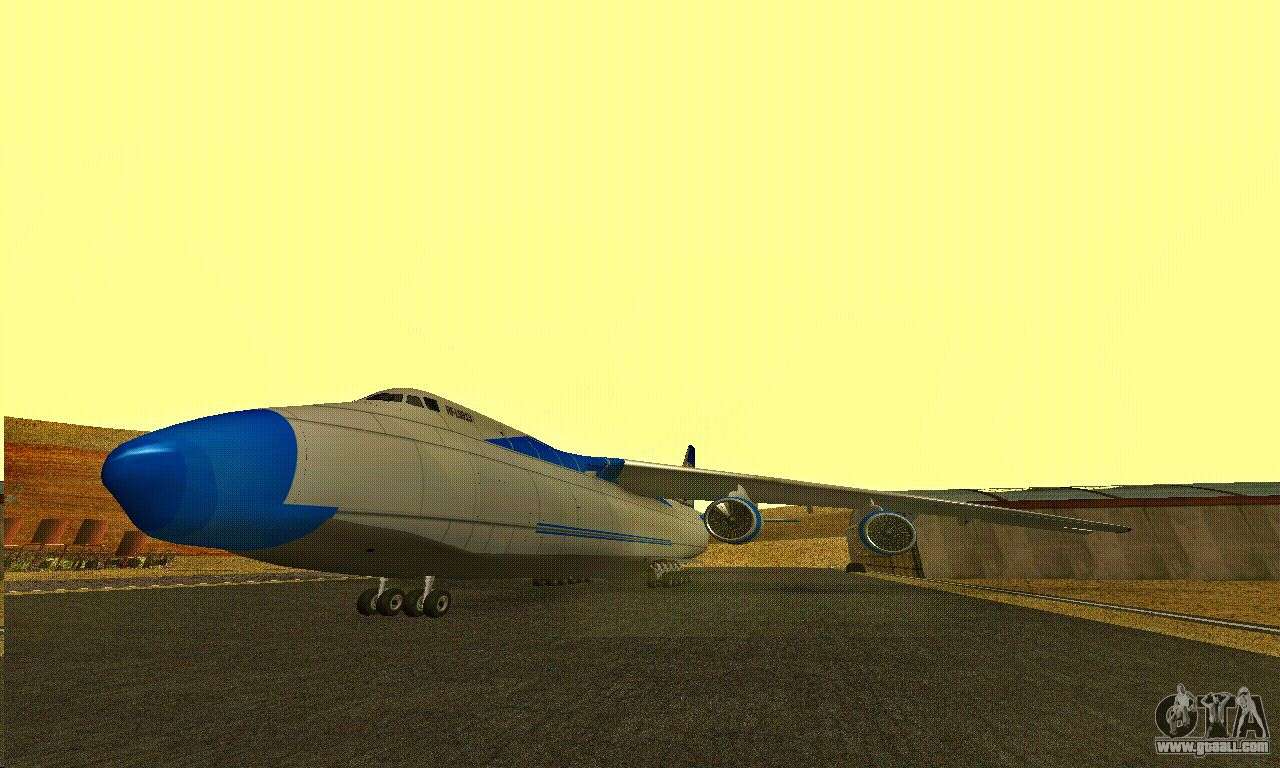Antiochus iii and the cities of western asia minor
Data: 1.09.2018 / Rating: 4.8 / Views: 541Gallery of Video:
Gallery of Images:
Antiochus iii and the cities of western asia minor
This work examines a test case for the relationship between the polis and the Hellenistic empire focusing specifically on the interaction between Antiochos III and the cities of Western Asia Minor ( BC). This important and wideranging work examines a test case for the relationship between the polis and the Hellenistic empire focusing specifically on the interaction between Antiochos III and the cities of Western Asia Minor ( BC). Antiochos III and the Cities of the Western Asia Minor. Dec 2001; AM HIST REV; Jeffrey D. Antiochus III and the Cities of Western Asia Minor John Ma. This work examines a test case for the relationship between the polis and the Hellenistic empire focusing specifically on the interaction between Antiochus III and the cities of Western Asia Minor ( BC). Rather, it concentrates on a particular region, Asia Minor, and on a particular theme, the relation between the Hellenistic empire and its structures of control and exploitation, and the Hellenistic polis. Antiochos III and the Cities of Western Asia Minor (hardcover). This work examines a test case for the relationship between the polis and the Hellenistic empire focusing specifically on the interaction between Antiochus III and the cities of Western Asia Minor ( BC). Such a study is possible thanks to a rich epigraphical documentation which has been reproduced extensively and translated Antiochos III and the Cities of Western Asia Minor 1st Edition. case for the relationship between the polis and the Hellenistic empire focusing specifically on the interaction between Antiochus III and the cities of Western Asia Minor ( BC). Such a study is possible thanks to a rich epigraphical documentation which has been. Antiochus III the Great (2012) Download. However, it did turn out to be a severe Ma, J. (2000) Antiochos III and the cities of blow to the power and prestige of the Seleu western Asia Minor. cids, because it prevented them from replacing Schmitt, H. (1964) Untersuchungen zur Geschichte Antiochos des Groen und seiner Zeit. Books Advanced Search Best Sellers Top New Releases Deals in Books School Books Textbooks Advanced Search Best Sellers Top New Releases Deals in Books School Books. In 196 BC, attempting to expand his own empire, the Seleucid King Antiochus III moved through Asia Minor and crossed the Hellespont planning to conquer Thrace. Rome was occupied and expanding into Macedonia, and the Greeks of Achaea, fearful of conquest, welcomed Syrian interference. Antiochus III and the Cities of Western Asia Minor by John Ma ( ) [John Ma on Amazon. FREE shipping on qualifying offers. Asia Minor, great peninsula, c. 250, 000 sq mi (647, 500 sq km), extreme W Asia, generally coterminous with Asian Turkey, also called Anatolia. It is washed by the Black Sea in the north, the Mediterranean Sea in the south, and the Aegean Sea in the west. The Black and Aegean seas are linked by the Sea. Antiochos III and the Cities of Western Asia Minor This work examines a test case for the relationship between the polis and the Hellenistic empire focusing specifically on the interaction between Antiochus III and the cities of Western Asia Minor. Antiochos III and the Cities of. At the end of the third century B. Antiochus III issued a command to transfer 2, 000 Jewish families from Babylonia to Phrygia and Lydia in order to settle them in the fortified cities as garrisons. The first synagogues in Asia Minor were apparently built at that time. This work examines a test case for the relationship between the polis and the Hellenistic empire focusing specifically on the interaction between Antiochos III and the cities of Western Asia Minor ( BC). Antiochus III the Great ( Greek: oo; c. 241 187 BC, ruled BC) was a Hellenistic Greek king and the 6th ruler of the Seleucid Empire. He ruled over the region of Syria and large parts of the rest of western Asia towards the end of the 3rd century BC. Antiochus III the Great (Greek: oo; c. 241 187 BC, ruled BC) was a Hellenistic Greek king and the 6th ruler of the Seleucid Empire. [1 [2 [3 He ruled over the region of Syria and large parts of the rest of western Asia towards the end of the 3rd century BC. Hellenistic Civilization Tales of High Priests and Taxes. Antiochus III and the cities of western Asia Minor. War, Food, and Politics in early Hellenistic Athens. Antiochus III and the cities of western Asia Minor. Antiochus III the Great, byname Antiochus the Great, Greek Antiochus Megas, (born 242 bcedied 187, near Susa, Iran), Seleucid king of the Hellenistic Syrian Empire from 223 bce to 187, who rebuilt the empire in the East but failed in his attempt to challenge Roman ascendancy in Europe and Asia. Antiochus' share was to be southern Syria, Lycia, Cilicia, and Cyprus; Philip was to have western Asia Minor and the Cyclades. Antiochus invaded Coele Syria, defeated the Ptolemaic general Scopas at Panion near the source of the Jordan River in the year 200, gained control of Palestine, and granted special rights to the Jewish temple state. Antiochos III and the cities of western Asia Minor Author: Ma, John TaChiang Awarding Body: University of Oxford Current Institution: University of Oxford Date of Award: 1997 Antiochus III; King of Syria; approximately 242 B. ; TurkeyHistoryTo 1453 John Ma: Antiochos III and the Cities of Western Asia Minor. Oxford University Press, Oxford 1999, ISBN. Find More Antiochus III the Great (Ancient Greek: oo; c. 241 187 BC, ruled BC) was a Seleucid Greek king and the 6th ruler of the Seleucid Empire. He ruled over the region of Syria and western Asia towards the end of the 3rd century BC. Antiochos III and the Cities of the Western Asia Minor Article in The American Historical Review 106(5) December 2001 with 33 Reads DOI: 10. Philip V of Macedon, the Rhodians and the Greek Cities in Asia Minor that had sided with Rome at Magnesia; all were rewarded for their loyalty and assistance against Antiochus. One man and his dynasty however, benefited more than any other from this Roman generosity. When Philip was defeated by the Romans, Antiochus led his forces to regain the cities of western Asia minor that his father had lost. Not content with having extended Seleucid control over more territory than any of his predecessors, he defied Roman warnings by crossing into Europe. In this richly detailed monograph, John Ma provides a compelling analysis of Antiochos III's control and exploitation of the cities of western Seleukid Asia Minor. ) Seleucid king of the Hellenistic Syrian Empire from 223 B. to 187, who rebuilt the empire in the East but failed in his attempt to. Antiochus III and the Cities of Western Asia Minor by John Ma. Title Antiochus III and the Cities of Western Asia Minor. JOHN MA is Tutor in Ancient History, Corpus Christi College, Oxford. Dr Ma approaches this material from a variety of angles: narrative history, structural analyses of imperial power, and analyses of the functions played by language and stereotype in the interaction between. Antiochus III and the cities of western Asia Minor (review)s profile, publications, research topics, and coauthors Read the fulltext online edition of Antiochus III and the Cities of Western Asia Minor Antiochus III and the Cities of Western Asia Review'John Ma has Www. : The Hellenistic settlements in Europe, the islands, and Asia Minor, Ma, John. Antiochus III the Great n t a k s (Greek: oo; c. 241 187 BC, ruled BC) was a Hellenistic Greek king and the 6th ruler of the Seleucid Empire. He ruled over the region of Syria and large parts of the rest of western Asia towards the end of the 3rd century BC. Rising to the throne at the age of eighteen in 222 BC, his early campaigns. Antiochus III the Great n t a k s (Greek: oo; c. 241 3 July 187 BC, ruled AprilJune 222 3 July 187 BC) was a Hellenistic Greek king and the 6th ruler of the Seleucid Empire. He ruled over the region of Syria and large parts of the rest of western Asia towards the end of the 3rd century BC. Rising to the throne at the age of eighteen in 222 BC. Antiochus III he seemed likely to restore the empire of the Seleucids. vasion of western Asia Minor, a brief account both of the country communities that could be regarded as cities, Mazaca, the residence of its monarchs, and Tyana, a prosperous centre of commerce. Mazaca stood on a height dominating the plain at the foot of the great. Phrygian tribes moved into western Asia Minor from Thrace, in Europe, and the Sea Peoples, a group of coastal peoples set in movement by events in Europe, raided Anatolia with such force that the Hittite empire collapsed. Cementing his rule on Asia Minor, no longer would Antiochus have allowed Pergamum to remain a beacon for Seleucid resistance in that region. The Great Altar of Zeus and the Library of Pergamum; two brilliant pieces of monumental architecture that turned Pergamum into. Antiochus III and the Cities of Western Asia Minor John Ma ISBN: Kostenloser Versand fr alle Bcher mit Versand und Verkauf duch Amazon. This work examines a test case for the relationship between the polis and the Hellenistic empire focusing specifically on the interaction between Antiochos III and the cities of Western Asia Minor ( BC). In Asia Minor a rebellion by his younger brother Antiochus Hierax led to Seleucus II leaving the lands beyond the Taurus Mountains to him following a defeat at Ancyra in 236 BC, although the latter was eventually driven out of Anatolia by Pergamon in 227 BC. Antiochus III inherited a disorganized state. Not only had Asia Minor become detached, but the easternmost provinces had broken away, Bactria under the Greek Diodotus of Bactria, and Parthia under the nomad chieftain Arsaces. Soon after Antiochus's accession, Media and Persis revolted under their
Related Images:
- Lost without you robin thicke
- Mafia II mac
- Aaha kalyanam telugu
- 8 mile rap battles
- We were so
- Two girls in love
- What ive done mp3
- Pokemon season 10 diamond and pearl
- Victoria Rae dude
- Maarten van rossem
- Legends 2 ps2
- Kaspersky antivirus key
- National geo travel
- Doctor who the ultimate guide 720
- The last adventure
- The following episode 1
- 24 h season
- THERES A BOY IN THE GIRLS BATHROOM
- Porsche 996 Manuals Transmission Fluid Change
- Duck sauce barbra streisand
- Good wife sub
- 42 season 1
- Fifa world open
- Corso di fotografia national
- Passenger 57 bluray
- The cure for ebola
- Saving private ryan 1080p
- Timbaland feat keri hilson
- Stormzy shut up piano sheet music
- Gods pocket iguana
- Mit differential equations
- Altova
- Nights in rodanthe nl
- Epidemiologia de la insuficiencia cardiaca en mexico
- Policy And Procedure For Nursing Homes
- Electrical distribution board schedule template
- Adobe photoshop cs4 middle east
- Secret of the magic gourd
- Toni braxton love marriage divorce
- Applied Bessel Functions Relton Pdf
- Melissa p 2018
- Dick tracy 1080
- Call of the wildman s02
- The crow 2
- Sri venkatesh stotra in marathi
- Mtv ema 2018
- Photoimpact x3 addons
- The Physician 2018
- Ava find professional crack
- Novel Road Map To Success Answers The Crucible
- MXGP The Official Motocross
- The Money Masters
- Roots n blues
- Raw star star plus
- Stupeur et tremblements french
- Magdalene sisters 2002
- Descargar Libro When Summer Ends En Pdf
- Contra el mal
- When girls play All Wet For You
- Spurs
- The World of Catholic Renewal 15401770
- The Infinite Sea The Second Book of the 5th Wave
- The Jimi Hendrix Experience Are You Experienced
- The orange is new
- Shaka ponk the white pixel ape
- Patsy Cline Duets
- Naruto shippuden eng sub
- Introduction To Finite Element Method Yijun Liu Pdf
- Assassins creed iii crack skidrow
- Malice n wonderland
- The Bag Man 2018
- Cubase 7 Keygen Activation Code Torrent Kat
- The crow 2
- Evil breed the legend of samhain
- Game of thrones s3 ganool
- Once Upon A Time In The North West
- Futurama season 2 complete
- Les Rois Du Paradis Litterature Etrangere
- South Park s13e1
- Terminator salvation english
- Eneagrama Pdf Livro












